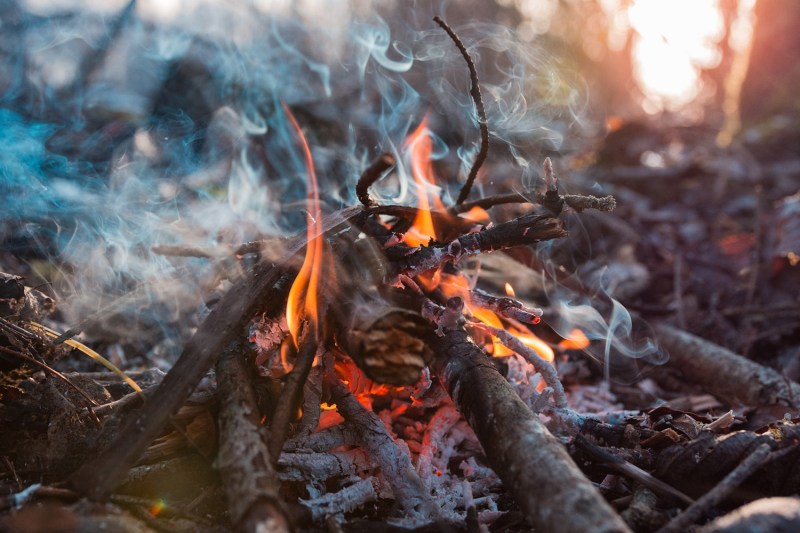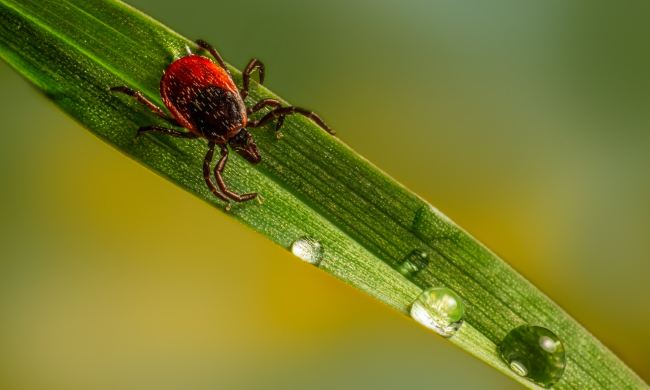If you’re looking to disconnect from your digital life and dip your toes into the world of starlit skies and crackling campfires, camping is a great pastime to get started with. As a camping novice, I thought that the “right way” to camp is to rough it, but there’s no shame in trying to make your camping experience more comfortable. Here are some struggles you may encounter while out in the wild, as well as some camping essentials for beginners to help mitigate those challenges.
Catch your z’s with a great sleeping system

On my first camping trip, the only thing that kept me from the ground was the bottom of my tent and my sleeping bag. Needless to say, I didn’t sleep very well, and in the morning, I complained like the princess and the pea. Most experienced campers prefer to sleep with a bit more cushion, whether that’s from a sleeping pad or even an inflatable mattress.
Sleeping pads come in two primary forms: closed-cell foam or inflatable pads. Personally, I like closed-foam pads because they’re pretty much indestructible. The downside is that they’re bulky, but they are lightweight, so they are easy to carry if you need to hike to your camping spot. Inflatable pads are more comfortable than foam in my experience, but one wrong move and you could puncture it.
If you have the pack space and want the perfect sleeping system, I recommend using both sleeping pads beneath your sleeping bag. If you put the foam one underneath the inflatable one, you won’t have to worry about anything popping the inflatable pad, but you’ll still get the additional comfort.
Safely store your food to keep it from animals

Something you might not think about as a beginner camper is how to store your food. The last thing you want is to wake up in the middle of the night to find a bear rummaging through your Cheetos! Many campgrounds and parks have rules about how to store your food, so be sure to check with officials before you head out on your trip.
While some areas will allow you to hang food from a tree in a bear bag (which you hang from a tree at least 12 feet from the ground and 6 feet away from any trunk or branch), the National Park Service commends the use of bear canisters in areas where food lockers aren’t available.
When using a bear canister, choose foods that are compact, compressible, and high-calorie, such as jerky, dried fruit, protein bars, and tortillas. However, you’ll also need to place your scented items in there, like deodorant, wipes, lotions, toothpaste, and even your trash. Place this on flat, level ground around 100 feet or more away from your campsite, and put a few pans on top as a bear alarm. Most importantly, follow all leave-no-trace principles and take out what you bring in.
Prepare fire starters in advance

For a beginner, starting a campfire can be one of the most frustrating experiences while camping. Some sites won’t let you bring in outside wood to help prevent the spread of insects and diseases, but campsite wood can sometimes be damp or wet. That’s why I always prepare some fire starters in advance. Spare newspaper, cardboard, cotton balls, or even dryer lint can make a great fire starter. Paired with a few thinner sticks for kindling, and you’ll be good to go.
Shoo the bugs with repellents

If your first impulse is to grab the DEET, you’re not alone. Bugs can be one of the most annoying things about camping, especially in the summer. If your repellent isn’t cutting it, try some citronella, eucalyptus, or lavender candles. These are made with bug-repelling essential oils, so they can help keep the pests away as well as add a bit of romance to your space.
That said, they might not be enough to keep the bugs away, especially if you’re burning white or blue light at your campsite. All kinds of critters will be attracted to light, but that’s why camping manufacturers have added a red light feature to many flashlights and lanterns. Mosquitoes can’t see red light, so you might also consider purchasing a few flashlights or lanterns with a red light setting. Your skin will thank you later.
Fend off the rain with the right gear

No matter what the weather report says, you never know when rain might fall. The easy solution is to choose tents, bags, and even clothing that have water-resistant or waterproof qualities. Gore-Tex is a great choice, but polyurethane-coated nylon or polyester will also do the trick.
Don’t forget to pack your rain fly or tarp. These can be strung up over your tent to keep excess moisture away from you and your sleeping area.
Everybody’s different, so it can take some trial and error to hone down these camping essentials for beginners to your perfect packing list. To do this, consider what you’re actually going to use, and make note of which items you don’t end up touching. As always, don’t be afraid to try something new. It might just be the best decision you make!




